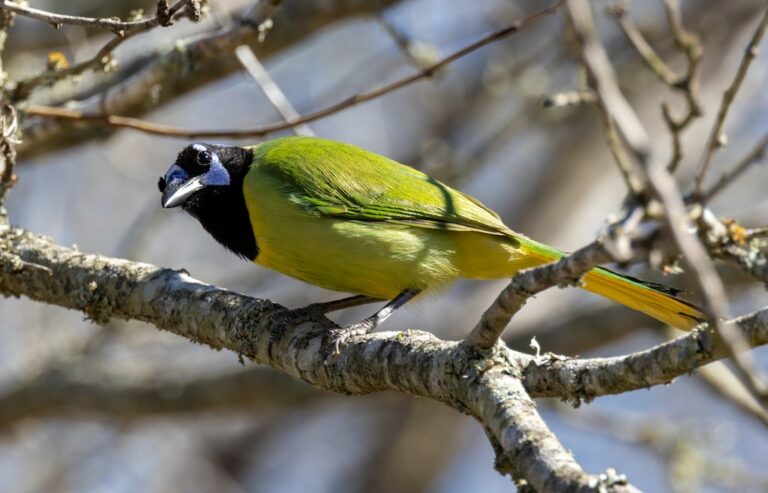This morning, a few friends and I made the hour drive away from San Antonio to visit Choke Canyon State Park for their Birding Festival. We’ve never been to Choke Canyon before, so we were excited to check it out and meet some nice folks.
Choke Canyon State Park is on the shore of the Choke Canyon Reservoir, which supplies water for Corpus Christi.
The state acquired the park in 1981 in a 50-year agreement between the Bureau of Reclamation, the city of Corpus Christi and the Nueces River Authority.
Texas Parks and Wildlife Department
We met at my house, carpooled to the state park, and arrived around 9:45 am. The festival started at 9 and we hoped to catch one of the morning bird walks.
Inside the gym building, there were a few tables set up with activities, free information and a few live educational birds that would be shown later in the day.
On that table sat three birds, only one of which was familiar to me. I’ll share one with you now.
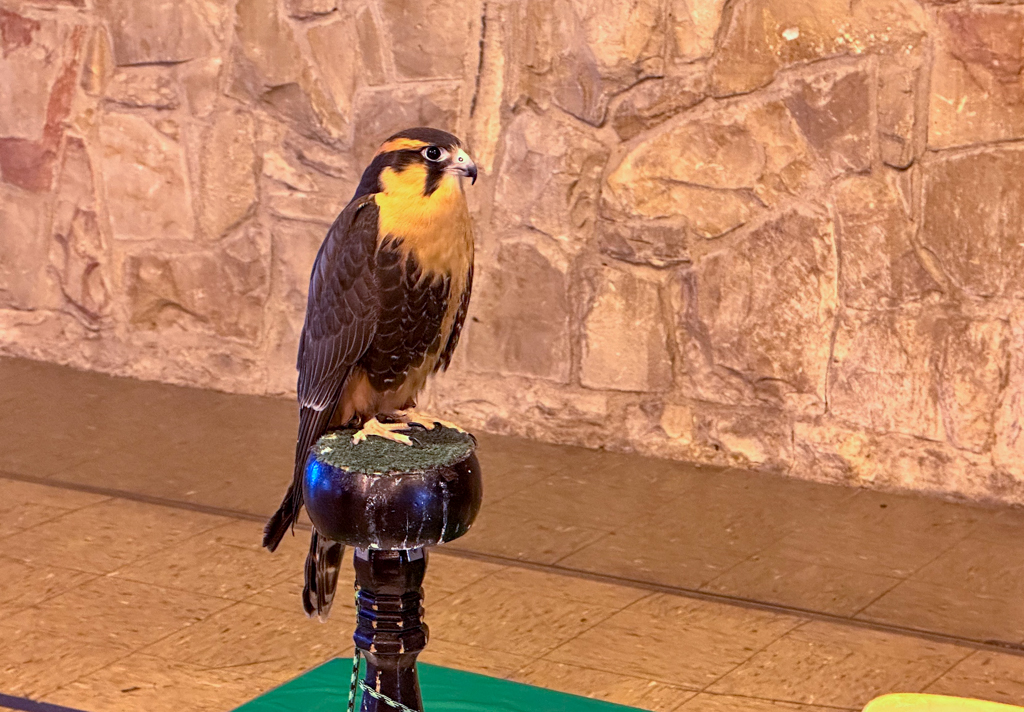
Aplomado Falcon
This small falcon reminded me of a kestrel. Slightly bigger, it had a beautiful, warm rich color and the black “malar stripe” below its eyes.
Pyrrhuloxia pursuit
One of my nemesis birds is the Pyrrhuloxia. This ‘desert cardinal’ eludes me… A few park employees mentioned seeing this bird in a few different areas, so we noted them on our map.
The group bird walk left before we had a chance to find them, so we headed out on our own.
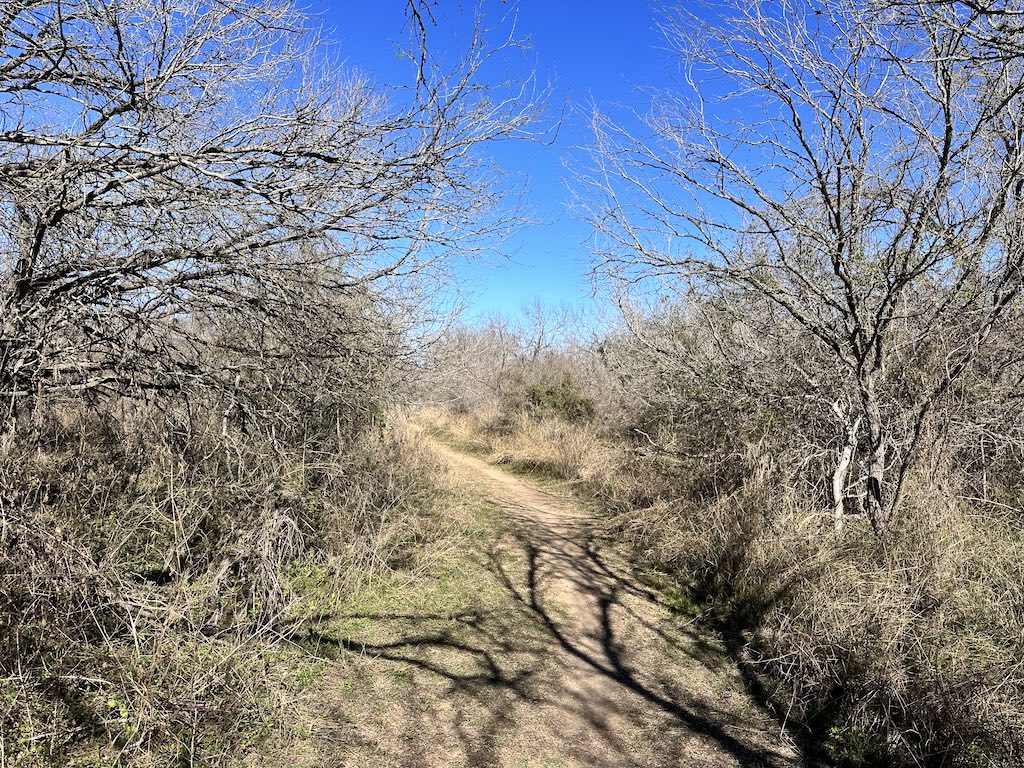
Upon arriving at the trailhead, we chose to venture down the Hawk Alley trail. It’s Winter currently so the trees were barren and the air, quiet, was punctuated with the calls of the Yellow-rumped Warbler. The birding festival bird group passed us as they were returning and the guide kindly tipped us off to a Pine Warbler that they saw nearby.
Solving a raptor mystery
Large, dark birds could be seen soaring in the sky above us. We’d tallied a few Turkey Vultures up to this point, but I kept checking each one, hoping one would be a Zone-tailed Hawk. After three or four vulture observations, the next one paid off.
This dark bird was flying around high above us and white could be seen at the base of its tail above and below and along the tips. I suspected it could be a Northern Harrier possibly but reserved judgement for now.
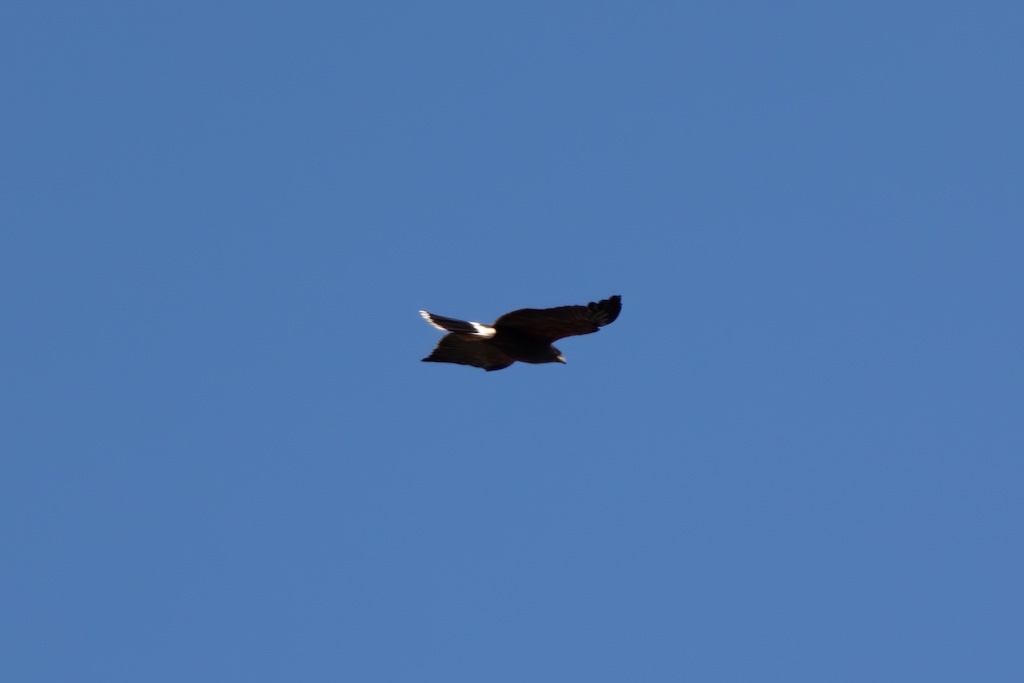
Skipping ahead a bit to the raptor educational demonstration, they showed the audience a large, dark brown hawk. Looking at this bird made my brain light up. I looked at its tail. White tips and a white base! I gasped and turned to my friend. “A Harris Hawk! That’s what we saw earlier!” I excitedly showed her the blurry photos on my camera and we agreed.
Down the jetty trail
Our second destination led us to the water’s edge. At the trailhead was a table with binoculars to borrow and a park employee with a spotting scope. She had the spot fixed on a nearby Wilson’s Snipe hiding in the grass. I got a brief glimpse of it before it moved out of view. Ruddy Ducks, Canvasbacks, Cinnamon Teals, American Coots, and Common Gallinules were floating around on the water.
Down the Jetty Trail, my friend found an Eastern Phoebe clinging to the tall grass, presumably looking for its next meal. Continuing along, we began seeing swallows zip through the air above.
Quick, snap!
Merlin was picking up Cliff Swallows. We visually confirmed them and tried our best to see them through binoculars or cameras.
I snapped probably 100 photos in bursts trying to capture even a single bird in focus. Their speed and erratic flying make this very difficult.

After the bird walks we watched a hawk and raptor demonstration led by the nice people at Wildlife Revealed.
We learned a bunch of interesting facts about the birds as they showed them and demonstrated their intelligence and personalities. Here are a few of my favorite tidbits, amongst many, many facts.
Fun facts
- Kookaburras are a type of kingfisher. The largest, in fact.
Features of a raptor
- Excellent eyesight
- Hooked and curved beak for tearing prey
- Strong, sharp talons

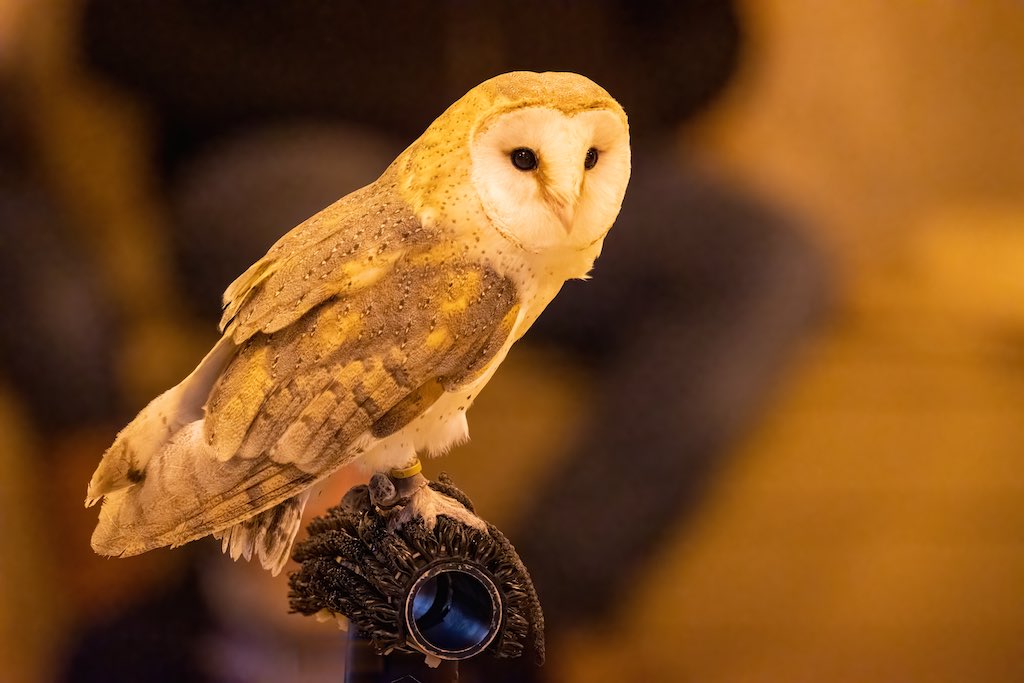
Off to the bird blind
After the raptor show concluded, we made our way to our third and final stop at Choke Canyon – the bird blind.
Near the area for RVs was a permanent bird blind set up with water, many trees and natural features, and bird feeders.
With our cameras in hand, we sat down and looked through the blind windows.
Flashes of green flew down from distant trees…Green Jays at last! This bird was only a fleeting blur in Mexico last year, and this was my moment to get a good look at them.
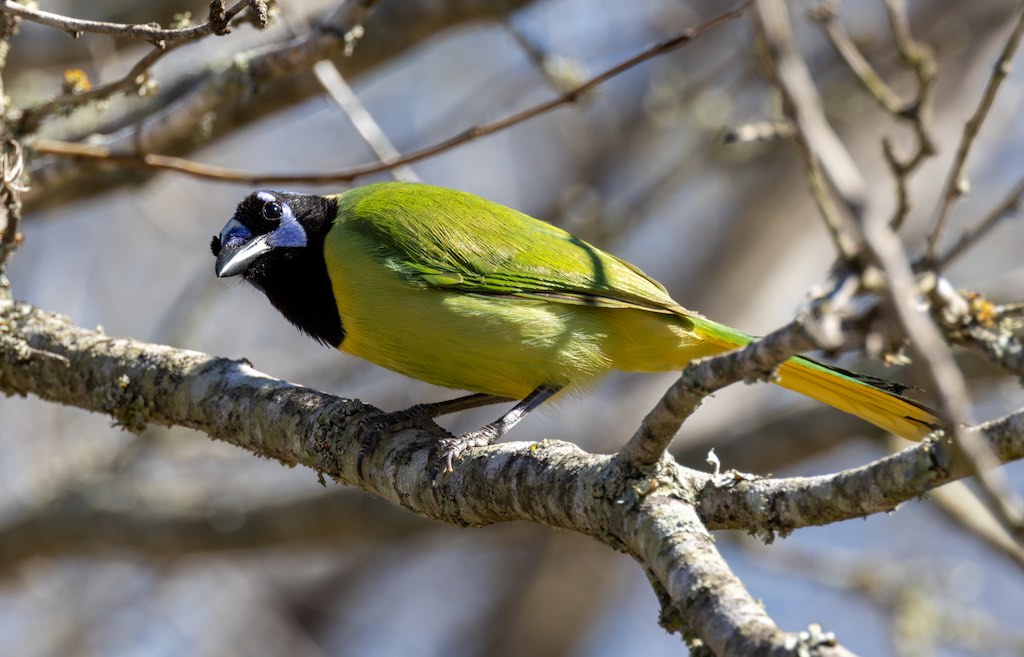
Their beautiful green and blue colors were striking. I watched as several ate seed from a platform feeder while a few others lurked in the background on various perches.
We waited around for another 15 minutes at the bird blind, waiting for a possible Pyrrhuloxia and chatted with the other birders. We didn’t get lucky and decided to call it a day. Not before grabbing a small snack at the shop next to the fishing stations though!
Choke Canyon is definitely a place I’ll want to return to but probably at a better time of year and earlier in the morning to maximize the number of birds I’ll find.
